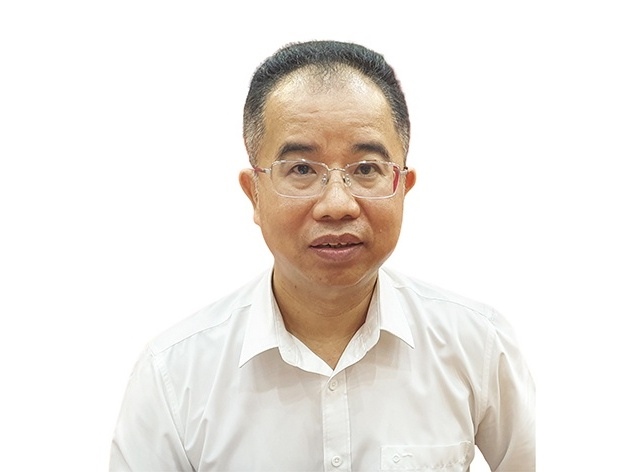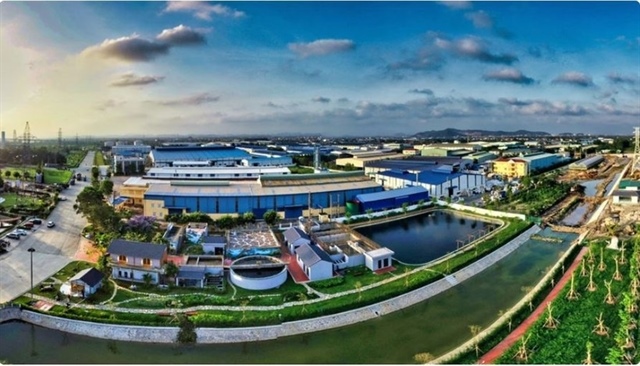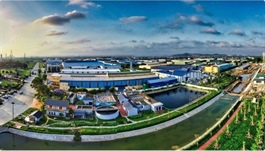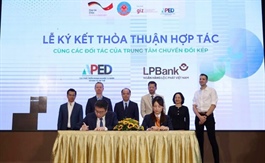Favourable factors support Vietnam’s high growth ambitions
Favourable factors support Vietnam’s high growth ambitions
Le Xuan Sang, deputy director of the Institute of Vietnam and World Economy, discusses how Vietnam can turn its high growth ambitions into reality.
|
After nearly four decades of doi moi (economic reforms), Vietnam has maintained strong growth but has yet to achieve double-digit expansion. How do you evaluate the prospects for reaching such a level in the near future?
From 2001 to 2005, Vietnam’s average GDP growth rate was 7.3 per cent. This declined to 6.3 per cent over the next five years. Between 2011 and 2015, the rate dropped further to 5.47 per cent, but then rebounded to 6.19 per cent from 2016-2020.
From 2021-2025, while executing the national socioeconomic development plan, Vietnam, and many countries worldwide, faced an unprecedented health crisis in the form of the COVID-19 pandemic, followed by a global economic downturn. Despite these challenges, the country still maintained an average GDP growth rate of 6.3 per cent.
In the government’s 2025 socioeconomic development report presented at the opening session of the 10th National Assembly meeting on October 20, GDP growth for this year was estimated at 8 per cent, the highest in ASEAN and among the top globally. The manufacturing and processing industries remain the key drivers, with value added estimated to grow by 10.7 per cent for the year.
The scale of GDP is projected to approximate $510 billion in 2025, with per-person income surpassing $5,000, up $300 compared to 2024. Vietnam has officially become an upper-middle-income country, meeting its target. With this new position and strength, achieving double-digit economic growth in the forthcoming years is not unreachable.
Vietnam’s goal of reaching $8,500 in GDP per person by 2030 is considered a major leap. In your view, what are the key foundations and conditions needed to achieve this target?
In economics, there’s what we call the '7-10 rule', meaning that if an indicator grows at 7 per cent annually, it doubles in 10 years; if it grows at 10 per cent, it doubles in just 7 years. Applying this rule to Vietnam’s economic growth allows us to project the scale of the economy and per-person income.
In 2025, Vietnam’s GDP is projected to reach $510 billion, 1.47 times higher than in 2020, ranking 32nd globally. Per-person income is expected to reach $5,000, placing Vietnam into the upper-middle-income group, as recognised by many reputable international institutions.
The quality of Vietnam’s economic growth has also improved, with total factor productivity contributing around 47 per cent to growth, and this figure is projected to rise to 55 per cent in the upcoming years.
If the economy grows at 10 per cent per year, by 2032, GDP will reach $1.02 trillion and per-person income will hit at least$10,000. Even with a 7 per cent annual growth rate, this target could still be achieved by 2035. Therefore, the goal of reaching $8,500 in per-person income by 2030 is grounded in sound scientific and economic rationale.
In today’s volatile global environment, what solutions can help Vietnam sustain its socioeconomic development momentum?
The draft political report for the 14th National Party Congress (slated to be held in early 2026) points out that the global landscape is undergoing rapid, complex changes, shifting towards multipolarity, multi-centricity, multilayered structures, and deep fragmentation.
Competition over technology, resources, markets, and geopolitical influence is intensifying. Protectionism and climate change are generating new risks for global supply chains and trade.
Despite this, Vietnam has maintained political stability, social security, and an attractive investment environment, key foundations for fast and sustainable development.
In reality, while many major economies have suffered deep recessions due to financial and geopolitical shocks, Vietnam’s economic slowdown has been relatively mild and followed by swift recovery. Our successful navigation through the COVID-19 pandemic clearly demonstrated the country’s adaptability, flexible governance, and economic resilience.
In my view, to maintain and enhance this resilience, we need to build national recovery capacity based on five fundamental pillars.
First, ensure macro-financial stability through effective control of inflation, public debt, fiscal balance, and monetary policy.
Second, improve state governance by enhancing institutional efficiency, administrative reform, and human resource quality.
Third, optimise the functioning of key markets, from credit and securities to real estate, science and technology, and services.
Fourth, boost internal economic strength by raising productivity, encouraging innovation, developing high-tech industries, and advancing digital transformation.
Fifth, develop and strengthen the social foundation by nurturing cultural identity and national solidarity, the soft power that helps the country overcome adversity.
What long-term strategies are being implemented to drive Vietnam’s future development?
Vietnam is currently implementing crucial resolutions focused on creating breakthroughs in sci-tech and digital transformation. The country is also strongly promoting the development of the private sector and deep international integration. At the same time, it is making significant breakthroughs in education and training, pursuant to Resolution No.71/NQ-TW, and in healthcare and public wellbeing, under Resolution No.72/NQ-TW.
These are foundational steps that will unlock historic opportunities and serve as a pivotal turning point, propelling Vietnam towards robust development.
- 15:00 22/10/2025




























